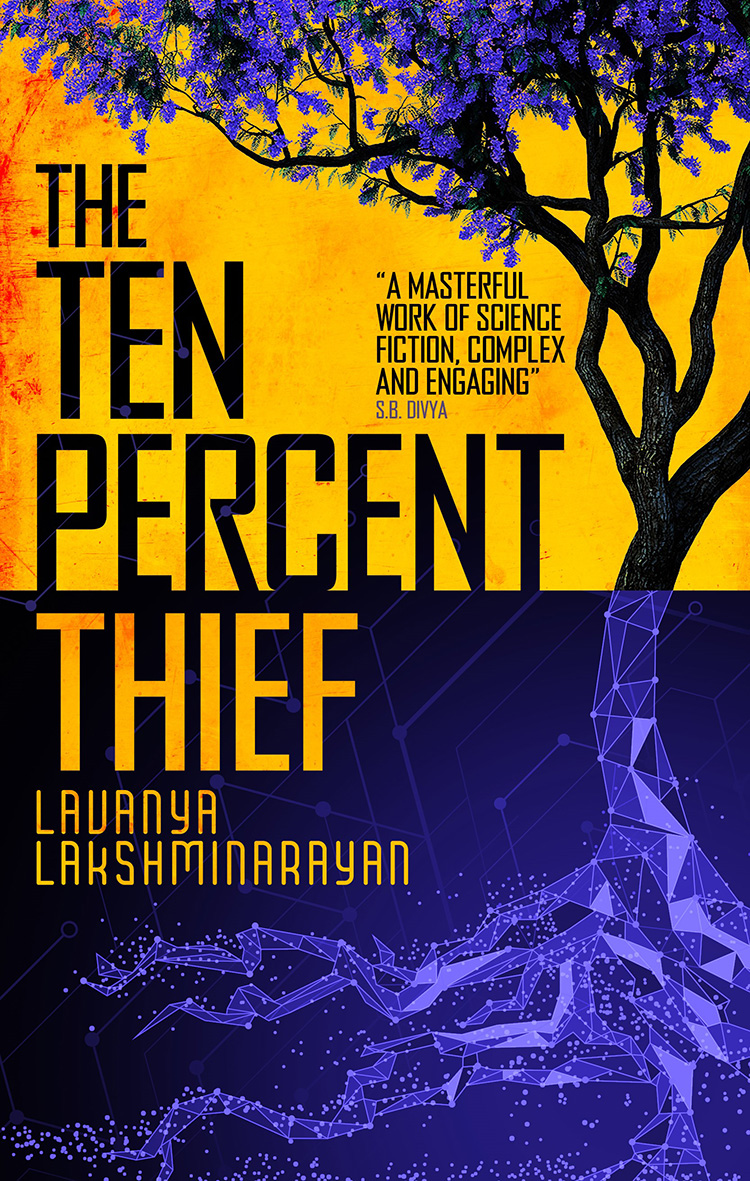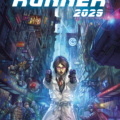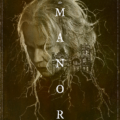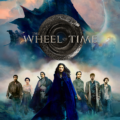New sci-fi novel The Ten Percent Thief depicts a future where the elite Virtuals live in the technical marvel, Apex City, formerly Bangalore, where everything is decided by the mathematically perfect Bell Curve.
With the right image, values and opinions, you can ascend to the glittering heights of the Twenty Percent – the Virtual elite – and have the world at your feet. Otherwise you risk falling to the precarious Ten Percent, and deportation to the ranks of the Analogs, with no access to electricity, running water or even humanity.
The system has no flaws. Until the elusive ‘Ten Percent Thief’ steals a single jacaranda seed from the Virtual city and plants a revolution in the barren soil of the Analog world.
We spoke The Ten Percent Thief author Lavanya Lakshminarayan about how a real-life panic attack sparked the idea for the novel, how her home city of Bangalore was the ideal setting and why her next book blossomed from stray thoughts about how food is so political…
When did you first get the idea for The Ten Percent Thief?
This is a long story, but I’ll try and give you the highlights reel. Before I started writing The Ten Percent Thief, I had a full-time career as a game designer. Gaming is a relentless industry. I was working 60-odd-hours every week, and often weekends, nonstop for years.
I lived my life surrounded by screens. I was often triple-booked for work meetings, had multiple projects simultaneously in flight, and I took to using door-delivery apps to get all my real-world chores done. I simply had no time to go run errands IRL. Groceries, food, laundry, cleaning services—if there was an app for it, you could bet I’d never step out and do it myself.
I’m not sure what prompted this, but one day I decided to buy my groceries in the real world for a change. I strolled down to the local store, stepped through the glass doors, and found myself in a world where vegetables were three-dimensional objects. I had an array of choices; textures, smells, and colours surrounded me instead of jpegs on a screen. And I had to make decisions.
It was surreal. I was overwhelmed. I crumbled.
I had a full-fledged panic attack—heart racing, breath coming up short, vision blurring, the works. I still can’t pinpoint what caused it, other than the fact that reality was… too real. That got me thinking about how technology had reframed my engagement with the world around me. I wrote a short story, titled ‘Analog/ Virtual’ to reflect upon my experience and try to find meaning within it. And then the book started to write itself.
Are there any books or films that were an inspiration for The Ten Percent Thief?
I don’t read or consume media that’s directly related to what I’m writing while I’m writing it, and it’s hard for me to articulate how all my wider influences found their way into this book, but I’ll give it a shot. This is like a connect-the-dots picture for me, but I can see the influence of Philip K Dick’s political satire in its pages, as well as Ursula Le Guin’s social science fiction. Ray Bradbury, too—structurally, I remember reading The Martian Chronicles and loving its insect-vision view of the future. That found its way into the mosaic novel construction of The Ten Percent Thief, bolstered by Lavie Tidhar’s Central Station, which features a mosaic near-future world refreshingly set outside the UK/ US. China Mountain Zhang by Maureen F McHugh, and its focus on everyday people and their concerns.
Samit Basu’s entire body of work—when I was a teenager, his writing let me see, for the first time, that Indians could occupy else-worlds. William Gibson’s Neuromancer and Neal Stephenson’s Snow Crash and their cyberpunk themes. Allen Ginsberg’s poem Howl probably echoes in a lot of my characters, frustrated and yelling into the void in a world they don’t quite understand any more…
A huge blend of films, too, from Metropolis to Blade Runner, and anime like Ghost in the Shell and Cowboy Bebop. And now that I think on it, satirical videogames like Portal 2 and The Stanley Parable. I’m sure I’m forgetting a number of other influences, unfortunately!

How did you go about structuring the different worlds of the Analogs and Apex City?
It was an immediate decision that access to technology would shape one of the biggest divides between the Analog outcasts and the Virtual elite in Apex City. AI programs and OmniPorts (futuristic smartphones), HoloTech and simulations were an obvious list, and it rapidly became apparent that solutions to the climate crisis would be another axis dividing these worlds. As the world is today, only the elite can afford climate solutions, and it’s only going to get worse. So, the Virtuals have ClimaTech; they wear smart fabrics, and the architecture of Apex City is designed from living materials—their buildings blossom with plants and flowers. The Analogs live in pod-houses or tents, without running water or electricity. I wanted to push the disparity even further, so I asked myself—what about trees? Without revealing any spoilers, trees are a recurring motif in both worlds.
But social hierarchies don’t exist based on tangible privileges, or the lack thereof, alone. Oppressors across history have thrived by making the oppressed feel culturally inferior. I went on to create fictional ‘high art’ and ‘low art’. The former is prized by the elite in Apex City, and includes television shows and genres of music, like neoAcousta and Hype. Anyone who enjoys ‘low art’, like the fictional music genre anatronica, is either shamed into conformity or treated like an outcast. And yet, in the Analog world, anatronica is the music of protest, and forms a vital part of rebellion. Nursery rhymes, slogans, even swear words—I wanted to contextualise all of these uniquely in each part of my world.
And that brought me to another big difference between them—what would people be like, and how would they be shaped by their environments? The Virtuals in Apex City are largely insular. Cutthroat competition abounds, the pressure to be productive is intense, and so they’re isolated, self-absorbed, struggling yet largely unable to see the system that shackles them. The Analogs, on the other hand, have lost the rat race. All they really have is each other, and from that, arises a sense of community that becomes an unstoppable force as the novel unfolds.
Why did you choose Bangalore (or what was once Bangalore) as the setting for The Ten Percent Thief?
Bangalore is a city looking to the future, but rife with economic and social disparities.
I grew up in the city and witnessed its rapid transformation from a sleepy small town to a thriving tech-hub metropolis. In the years running up to writing the novel, you couldn’t step into a coffee shop without noticing that all the tables were occupied by start-ups running business meetings. You still can’t. As a game designer, I’ve worked on everything from machine-learning driven web games to Augmented Reality battle robots in less than a decade.
For all the chest-thumping billion-dollar start-ups and tech developments, though, there are homes where an entire family shares a smartphone, if they have one at all. Digital literacy, access to data—those are first world problems for a lot of the city’s population, many of whom don’t have running water in their homes.
Traffic has never been worse, the air quality index never poorer. A few years ago, we even had a lake catch fire from all the pollutants in the water. Echoes of the global climate crisis, along with reflections of what’s happening in the wider world, with its tech-bro billionaires, capitalist corporate structures, and rampant discrimination—systemic and otherwise—are very much a part of this city.
I had to ask why Bangalore hasn’t ever been the focus of a science fiction novel. And then I thought I’d go and write that novel, and look for hope for humanity in the darkness of my own backyard.
There are a lot of characters in The Ten Percent Thief. Who is your favourite and why?
It’s really hard to pick a favourite! I loved writing all the characters in The Ten Percent Thief. Each one of them took me on a different journey; some demanded different resolutions to the ones I had planned, some showed me a side of them I didn’t know existed, all of them were a process of discovery.
Is there any technology in the book that you wish we had right now?
I have an entire wish list! think we could all do with some widely accessible ClimaTech, from clothes made of smart fabrics to biomat—building materials that can blossom with plants. I’d love to see cities around the world reduce their glass and concrete heat sinks and be greener. I’d also be keen to see a lot of the HoloTech in the novel being implemented to make the world more accessible, and not just designed as a vehicle for profit.
All the way at the other end of the spectrum, the Analogs are forced to scavenge old tech and repurpose it. I wish we were reusing what we have a lot more, not out of desperate need—the way the Analogs do—but because it could make our footprint on this planet so much smaller.
What are you reading right now?
I’ve been running on deadlines for a while, so I find myself reading multiple books in parallel. I’m about halfway through Stark Holborn’s brilliant new novel, Hel’s Eight, and loving it. I just started Furious Heaven by Kate Elliot—it’s the sequel to Unconquerable Sun, and I’ve been waiting to get my hands on it. I’m slowly making my way through Liquid Modernity by Zygmunt Bauman for a spot of research. And I’m reading an Indian literary classic—The Sound of Waves by Kalki Krishnamurthy, translated from the original Tamil by Gowri Ramnarayan.
What’s next for you?
I’m working on my next book, and I’m over halfway in! It’s about the future of food, and I’ve had a ton of fun putting it together from stray thoughts about how food is so political—it can either divide us or bring us together. It doesn’t have a title just yet, and I can’t say more for now. You’ll need to watch this space!
The Ten Percent Thief by Lavanya Lakshminarayan is out now. Order your copy here.
Head to SciFiNow for all the best sci-fi, horror and fantasy news, articles, interviews and competition




